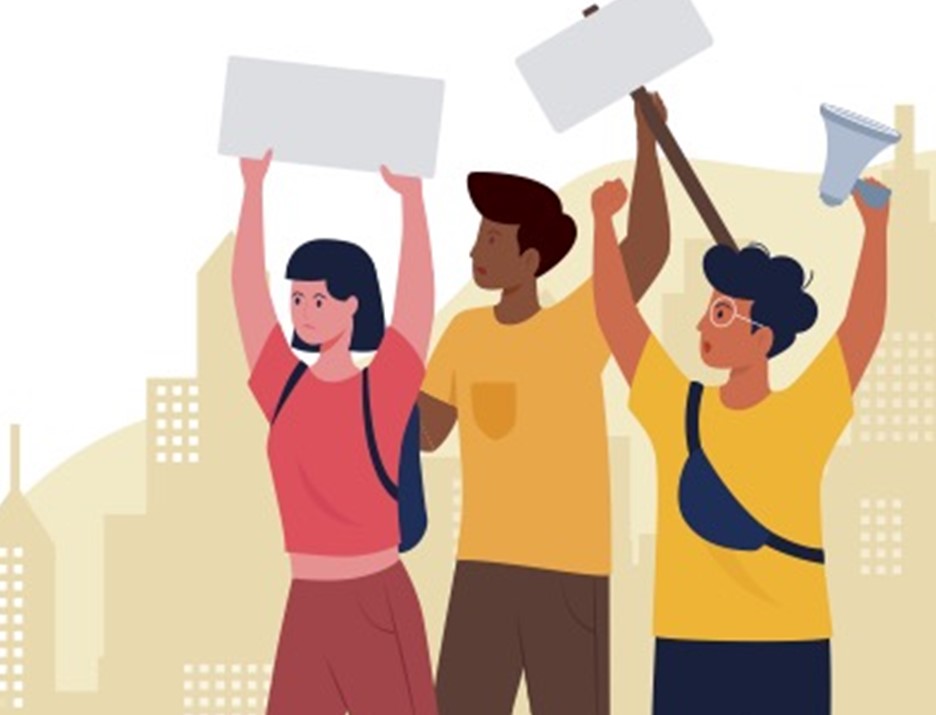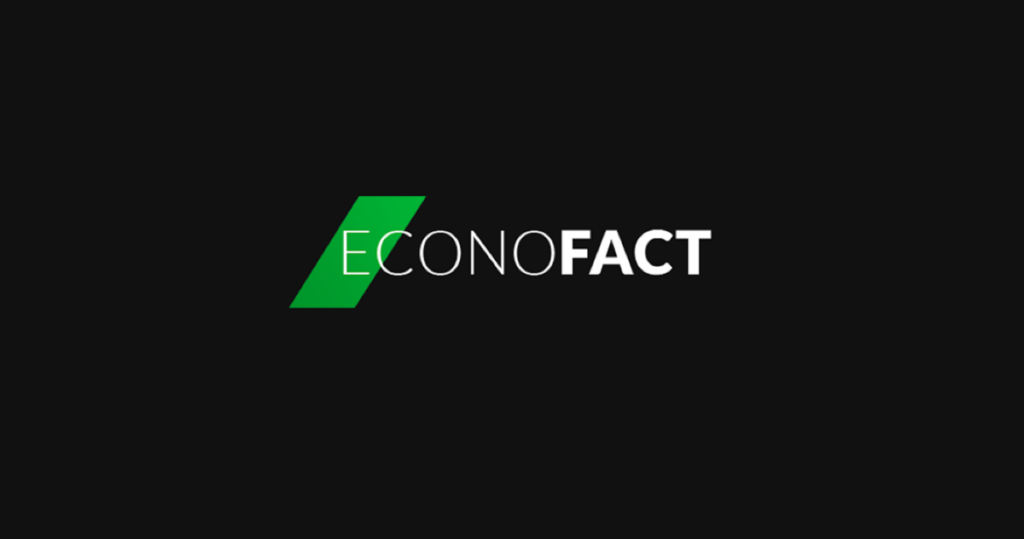
Grades 9-12

Don't have an account yet? Sign up for free
Don't have an account yet? Sign up for free

In this economics lesson, students will analyze responses to the COVID-19 crisis to learn about fiscal policy and its limits.
Warm-Up
The recession brought on by the COVID-19 crisis is unique in that it has a health rather than an economic origin. Shelter-in-place orders, sick and quarantining consumers/employees, and increased safety precautions have caused both demand-side and supply-side shocks. There have been numerous responses to this recession including the largest expansionary fiscal policy in US history. Given the causes of this recession, fiscal policy responses have included government spending allocated to consumers, the unemployed, health care research, and businesses. This lesson focuses on an evaluation of the policies including their varied multiplying effects.
Show Slide 2. Ask students what they would do with $100. If someone (the government) were to give them $100, how much of it would they spend (as opposed to save)? Face-to-face version: Ask students to write their answer large on a piece of paper, then have them get up and get in line from least to greatest, according to the value on their paper. Virtual version: use polling or chat feature to have students respond online.
Ask a few of the students with the largest responses why their number is so big. (They may mention some things they have been wanting or needing to buy.) Ask a few of the students with the smallest values why their number is so small. (They may mention that they do not need anything or are saving because they are uncertain about the future.)
Show Slide 3. Explain that the number they wrote/typed reveals their marginal propensity to consume (MPC). Explain that if someone put $70, then their MPC would be 0.7 or 70% of the $100. MPS = 1-MPC is the amount they would save.
Show Slide 4. Discuss factors that contribute to this number being large or small. People with lower incomes spend a large percent of their income on necessities; saving can be considered a luxury. High income and consumption taxes discourage spending. Therefore tax holidays would encourage spending. If consumers are optimistic, they feel comfortable spending. If they are uncertain or worried, they tend to save more.
Show Slide 5. Explain to students that today’s lesson will evaluate how different MPC contributes to the effectiveness of fiscal policy responses to crises such as COVID-19.
Modeling
Show Slide 6. Briefly review who, what, when, why, and how of fiscal policy. Explain that the focus today will be on examples of these policies in response to the COVID-19 crisis and evaluating their effectiveness.
Show Slide 7. Note that economic growth (percent change in real GDP) was between 1% and 4% until the COVID-19 pandemic when it fell to -5% and then -30% during the first and second quarters of 2020. Unemployment had fallen steadily over the decade leading up to the COVID-19 pandemic then spiked at almost 15%.
Show Slide 8 and discuss the idea that given the macroeconomic goals of sustainable growth, stable prices, and full employment, expansionary fiscal policy may be appropriate.
Show Slides 9 and 10. The slides provide a description of initial fiscal policy responses to the COVID-19 crisis. Students are likely most familiar with the $1200 stimulus checks which were a part of the CARES Act. These slides point out that the fiscal policy response has been much larger than the $300 billion spent on those checks. It is important to note that the Fed was conducting monetary policies throughout this time as well.
Show Slide 11. Explain that effective fiscal policy will be timed, targeted, and temporary. Marginal Revolution University (MRU) has a good 7-minute video on this topic; the link is provided on slide 12. Show this video during class, or assign to watch for homework, or just use for their reference.
Show Slide 12. Note to the students that the timing of fiscal policy can be challenging because of the three lags. The recognition lag is the time required to quantify the problem. For example, Q1 of 2020 had an economic growth rate of -5%. The administrative lag is the time required for the president and Congress to agree on a solution to the problem. Explain that the CARES Act was the largest fiscal policy package in history and was passed with an impressively short administrative lag, passing on March 27, 2020. The implementation lag is the time sufficient for the spending to take place and influence the macroeconomy.
Show Slide 13. Note: The video discussed “Targeted” before “Temporary”, but switching the order is beneficial for the organization of this lesson. Temporary: expansionary policy used in extreme situations can help the economy recover; national debt can become a problem if used too often. The $600 unemployment bonus, for example, can create a disincentive to work since some would make more money on unemployment than if working. This is a program that should be temporary.
Show Slide 14. Targeted: money should be put in the hands of those that need it and will spend it. For example, providing assistance to those that were laid off because their employer shut down or providing stimulus checks to individuals who earn less than $75,000. Putting money in the hands of those that will spend it is the tie-in back to the MPC bell-ringer/warm-up activity.
Show Slide 15. This slide connects the dots between MPC and multipliers. Describe to the students the multiplier process: Suppose the government spends $100. If MPC = .8, you spend $80 at stores. When those stores pay their employees, they spend $64. And so on. After just 3 rounds, that’s $100 + $80 + $64 = $244 circulating in the economy. Describe a second example: If instead, the MPC = .5, the same government spending of $100 would lead to you spending $50 at the store. When those stores pay their employees, they spend $25. And so on. That would mean that after the same 3 rounds, only $175 would be circulating in the economy.
Note the differences between the two examples. When the MPC is higher (.8 > .5), there is a larger fiscal policy multiplying effect ($244 > $175). Note that in the real world, many more iterations occur, which is why the multiplier is so much larger when MPC is larger.
Optional Slide 16. Demonstrate how the government spending multiplier is calculated assuming all rounds of spending take place. This should be used for AP students or could just be considered a reference for teachers.
Optional Slide 17. Demonstrate how the tax multiplier is calculated assuming all rounds of spending take place. This should be used for AP students or could just be considered a reference for teachers.
Show slide 18. In summary, putting money in the hands of people who will spend it (higher MPC) will have a bigger bang for your buck (larger multiplier). If desired, illustrate the initial rightward shift in AD because of the government spending and/or tax cut, but then the further shift because of the multiplying effect. Note that cutting taxes indirectly puts more money in the hands of consumers.
Show Slide 19. Provide the table of multiplier estimates for various types of policies that were used or suggested to be used in response to the COVID-19 recession. Explain that economists are not flying blind in terms of multiplier estimates; with each recession and stimulus, estimates are made by economists.
Group Activity
Show Slide 20. In small groups of approximately four students, have students evaluate the effectiveness of various policies based on their knowledge of multipliers, need, and speed. After the group discussion, students will individually choose the policy that they think is best. Each student will be turning in their copy of the group’s table and their individual policy choice with explanation. Note that students will need to reference the multiplier estimates so Slide 21 should be projected while students are working in groups.
Distribute the In-class Activity Handout. Tell students that they will have 15 minutes in their groups to complete the table. Face-to-face option: Teachers may want to consider assigning groups in advance and projecting the roster with group numbers to facilitate forming groups quickly. Virtual option: Teachers can create breakout rooms and check in on each group while they work. Letting them know that they will be submitting individually will help incentivize them to use their time efficiently; group submission optional.
Individual Activity
Given the results of the group activity, have students each determine the fiscal policy that they think is most effective. Require them to justify their answer considering the factors highlighted in the exercise. Assure students that answers will vary depending on the importance each person places on the various factors.
Show Slide 21. Conduct a poll asking students to respond to only the policy they chose. Ask two students per each option to explain why they chose that one. Face-to-face option: this poll can quickly be taken by holding up fingers for options 1, 2, etc. Virtual option: use polling software such as that in Zoom or have them type the number in the chat box.
If any policies were not chosen by students, explain why that option was used/considered. The most common answer is likely FPUC or Stimulus check since results are yes for all four factors. However, students may choose PPP if they value protecting small businesses most. May answer Liability Protection if they value large businesses most. Some students may choose State Gov Aid if they value the flexibility for local government most. Finally, some students may choose Meals despite the argument that this is likely a small amount of government spending and would help businesses.
Click on the link below to find a shorter activity based on this lesson.

Grades 9-12

Grades 9-12

Grades 9-12

Content Partner
Grades Higher Education, 9-12
